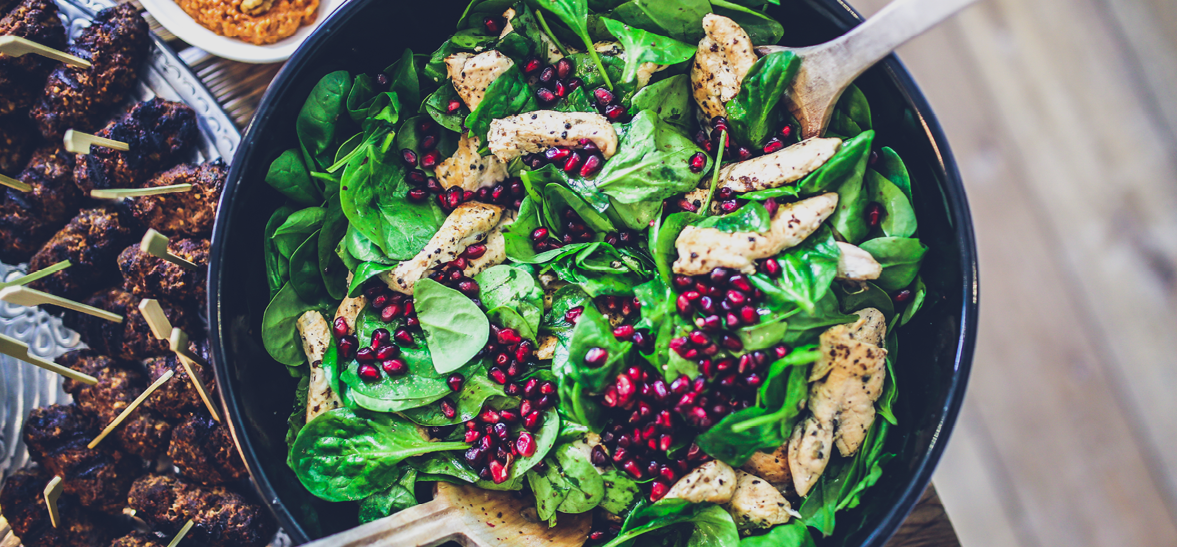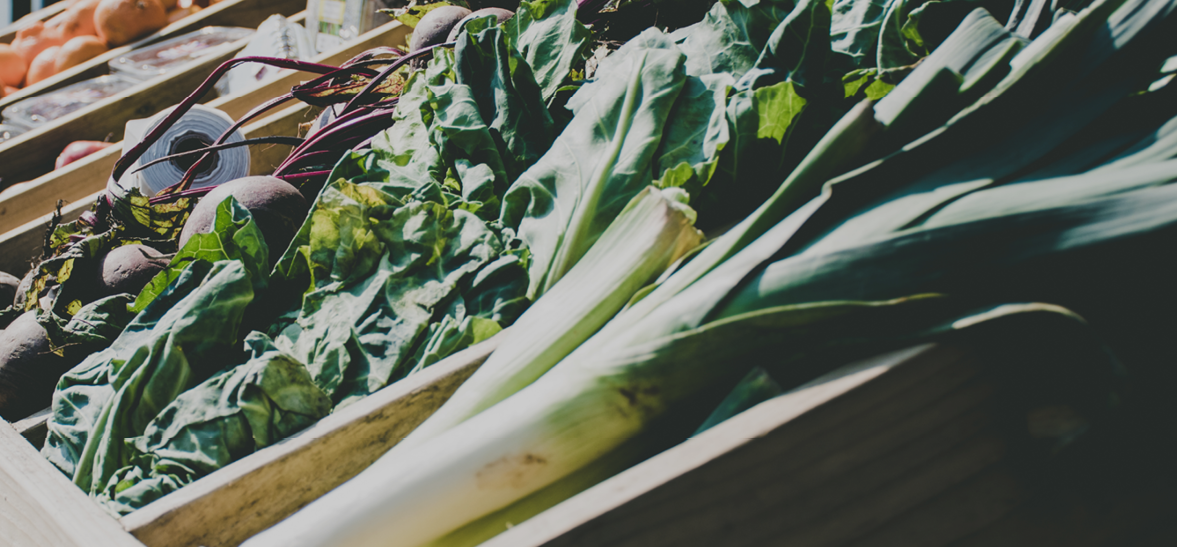Has anyone else noticed all the food delivery ads on TV lately? It used to be just Masterchef that gave me the munchies, but these days – thanks to the influx of ads – not even The Simpsons is safe for snack-free viewing.
“I see you baby, chicken madras…”
I’m not talking about the Just-Eats and the Hungry Houses of this world. Watching Love Island last week, it suddenly occurred to me just how many adverts there are for meal-kit delivery services or ‘healthy, prepared food delivered straight to your door’. Where have they all come from?
Hello, is it food you’re looking for?
Now, I love eating. And I love getting deliveries. When the postman arrives, with armfuls of ASOS parcels, I really do get the online-shopping rush. So why do these services seem so strange to me? I’m not a big cooking-fan… I appreciate convenience and love opening boxes with food in. Surely that triple-whammy would make me fair-game for any prepped-food marketing team?
After considering this, I decided to do a little bit of digging. Are these companies missing their mark with their marketing? Or is this business booming – and I’m the one missing out on my freshly delivered, daily culinary masterpiece?

Who are these services marketed at?
Interestingly, each service is targeted at a totally different demographic. There’s warmed-up, retirement home dinners dispatched to the elderly, calorie-controlled versions catering for dieters, and beautiful boxes of organic, vegan goodies for the Greenpeacers with too much cash on their hands…
You’ve got your Hello Fresh (can’t cook), Diet Chef (shouldn’t cook), Wiltshire Farm Foods (too damn old to cook) plus a whole host of other offerings in this tasty, technology-driven industry.
Because that’s what it is – a form of tech. Or convenience tech, as it’s known in the biz. Ok, so it’s not the Apple Watch in that sense, but hear me out. This industry uses technology to save consumers time. You sign up online, list your tastes and preferences and pretty soon there’ll be a friendly delivery guy, proffering a chicken stir-fry at your door.
So who’s buying these food-laden goodie boxes?
Currently, the prepared food market is driven primarily by older millennials. Research reveals subscriptions are equally split between women and men, 47% are more likely to have a (combined) household income of more than £95,000 annually (!), 23% are more likely to rent than own their homes and around 40% have children. Pretty mixed bag, right?
The same research points out that potential subscribers are 56% more likely to primarily stream TV, rather than watch it live. And that 26% are likely to spend over an hour a day on social media. So the perfect ‘persona’ for prepped food industry targeting? Loaded, childless and a lover of social media.

How will this shape the direction of this industry’s marketing?
What about the future of marketing for these services? It’s highly likely that brands that fall under the prepared food delivery umbrella will invest heavily in content and social media marketing, in order to maximise engagement and capitalise on the actions of this specific target audience.
Expect to see Jane and her Plan popping up aplenty during your online experiences.
Prepared food services are also renowned for being pretty pricey. Will this change? Probably not. Traditionally, food that arrives in boxes at your door has never been the best-looking. But with people more likely to snap pictures of their delivered-dinners and upload to Insta, that’ll have to change.
There will be no place for poor presentation – imagine the bad social PR – so say hello to fresh crispy salad leaves and succulent meat morsels. With more investment needed for high-quality, good-looking food, it’s unlikely that these products will fall in price anytime soon.

Convenience tech revolutionising dinner time. Internet 1 – Tradition 0.
Meal-kit marketing and prepped food delivery services are reinventing home cooking in a great way. The people who care about eating fresh, home-cooked meals are flocking to the concept of a freshly prepped meal-in-a-box and the market is lighting up with a flurry of new offerings.
Currently, these people fall into the cash-rich, time-poor category of target audiences – which is probably why I missed the memo. But as the trend for superior health and fitness trundles on, these services are becoming more appealing to a wider demographic – promising not just dinner, but a lifestyle delivered to your door. And an improved one at that.
As they’re making it easier to eat at home more healthily, chances are that companies in this industry will go from strength to strength, whatever their choice of marketing channel.
This nutritional, natural convenience food might cost a small fortune, but it’s worlds better than a takeaway burger, so worth the extra spend. Besides, with no shopping, prep or kitchen-cleaning, you’re practically buying time too. And who can put a price on that?


